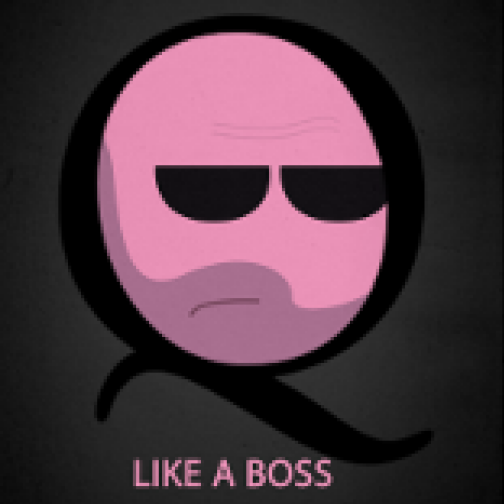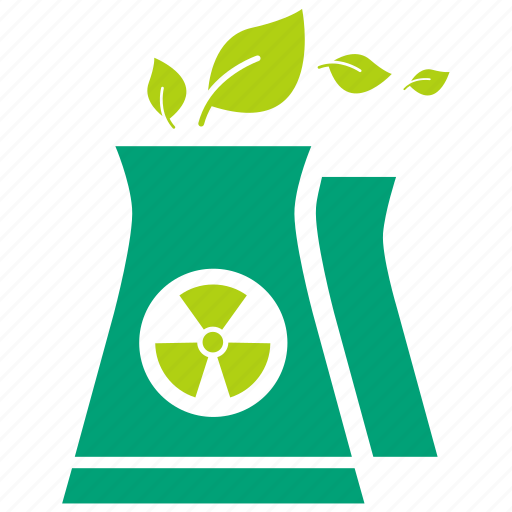Westinghouse Electric Company and shipbuilding company Seaspan have signed a memorandum of understanding to support nuclear new-build projects in Canada and around the world.
Under the agreement, North Vancouver-based Seaspan has the potential to manufacture key reactor components for Westinghouse’s AP1000 and AP300 nuclear power plants, including pipe spools and steel structures.
With three shipyards in British Columbia and a workforce of 4,000 employees, Seaspan is a leader in shipbuilding, maintenance, and ship repair with experience in delivering complex manufacturing projects. Westinghouse said this aligns well with the requirements of large-scale capital projects such as AP1000 and AP300 reactors.
Westinghouse said the agreement strengthens its commitment to Canada’s economy and further develops the nation’s nuclear supply chain to support Westinghouse’s global fleet of advanced reactors.
The company said that for each AP1000 unit that is built outside Canada, it could generate almost CAD1bn ($730m, €660m) in gross domestic product through local suppliers.
Westinghouse said it continues to work closely with Canadian suppliers on components for its AP1000 reactor, the only Generation III+ reactor currently in operation. Six AP1000 reactors are operating globally, with eight more under construction.
The company is also collaborating with the Canadian supply chain for its AP300 small modular reactor, a 300-MW single-loop plant based on AP1000 technology, and the eVinci microreactor, which can provide up to 5 MW of electricity for eight-plus years for a variety of applications.


Correct. In this case it’s just shipping the component parts. I guess @KnitWit@lemmy.world was talking about PWR reactors that power these ships, much like the NS Sevmorput.
Oh right, yeah I totally read that thinking they meant nuclear powered cargo ships. I want to say that I recently read about that exact thing, might be mistaken though.